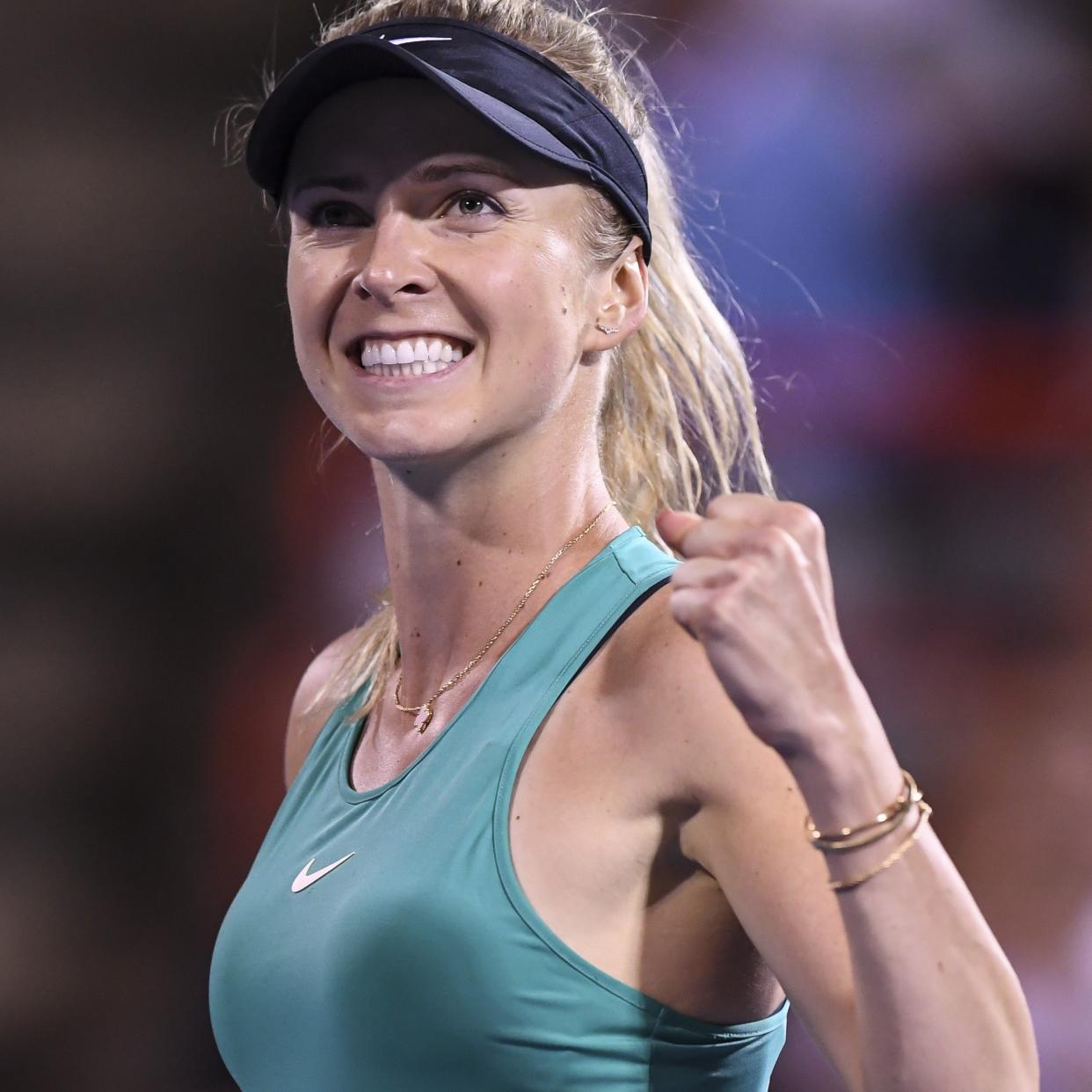How to Prepare for the U.S. Open? Let’s Ask a Pro

The 138th edition of tennis’s U.S. Open kicks off today in Flushing, Queens, with scores of players, dozens of matches, a brand-new 14,000-seat stadium (the just-completed Louis Armstrong Stadium), and thousands of spectators. Before the finals of September 8 and 9, expect to witness the thrill of victory, the agony of defeat, a few unthinkable upsets, and likely some raucous behavior in the stands.
In the days leading up to the tournament, the players roll into town to acclimate, to train, to recover from anything ailing them—and to make the rounds at their various sponsors’ parties. We ran into the women’s No. 7 seed, Ukrainian Elina Svitolina—she plays American Sachia Vickery today—at Wilson’s party at Soho’s A Bathing Ape store to celebrate the two brands’ unlikely collaboration—and asked her about her pre–New York preparation, her on-court adjustments, and her goals.
When did you arrive in New York and what have you been doing?
We arrived last Sunday, a week ago, and I’ve been doing lots of training—I generally try to train really hard the first few days when I arrive and then take it easy from Thursday on. It’s important to play fresh—both with your mind and body.
Do you see a sports psychiatrist?
Yes, I do.
Is there an easy way to explain what the psychiatrist has you doing? I’m guessing certain kinds of meditation and focusing techniques, but is there anything specific to tennis?
Meditation is part of it, yes—but also different kinds of training, both on court and in the gym. The physical side is, of course, extremely important, but mental freshness is often one of the most overlooked things—the season runs from January to October, and it’s important to have the right people around you to keep you focused and prevent you from getting burned out.
Is there anything particular to New York that requires a change in your game plan? People often talk about the crowds being noisier and the vibe being a bit more hectic than at other Grand Slams.
New York has a different vibe, for sure—louder fans, more things going on and more energy in the stadium, so you have to manage that and really focus when you step on the court. And there’s also the night matches: Playing at night, you definitely change small things in your racket, your strings, and your preparation.
You change your strings when you play at night?
Yes—not the strings themselves but the tension, because it’s cooler at night and the ball flies differently through the air. You have to adjust for that.
You’ve got a new camouflage racket (the new Wilson Burn, with colorways courtesy of A Bathing Ape)—is the goal that your opponents won’t see your racket so they won’t know where you’re hitting?
[Not amused] No. I’ve been hitting with it for a month—it’s something that brings freshness to the game and it’s fun to do. It’s fun for the fans, I think.
A lot of pros talk about how the goal with these tournaments is “just playing their best tennis” and “focusing on one game at a time.” Do you go into tournaments like this with a goal in mind? Something specific—to advance to a certain round, et cetera—or something more general?
My goal is always—in any tournament—to win the tournament. There is no other option.
This interview has been condensed and edited.
Read More Culture Stories:
John McEnroe: In the Realm of Perfection Is the Greatest Tennis Film of All Time—Read More
Melania Trump Meets Vladimir Putin in Helsinki in Strange Video—Read More
How Pope Francis Is Changing the Catholic Church—Read More
Serena Williams’s Husband, Alexis Ohanian, Makes All the Other Husbands Look Bad—Read More
Phone Addiction? Here’s One Way to Fix It—Read More

